Books
‘Silent Night, Deadly Night’ Novelization Review – A Sick, Superb Twist on a Holiday Classic

1984 was a good year for slashers. Not only did Freddy Krueger (Robert Englund) claw his way onto the big screen for the first time, Jason Voorhees (Ted White) also burst through windows and slashed through teens in the franchise high Friday the 13th: The Final Chapter. While Wes Craven was releasing his genre-defining classic A Nightmare on Elm Street, another iconic killer was crawling out of a snow-lined chimney. Charles E. Sellier Jr.’s Silent Night, Deadly Night treated audiences to Billy Chapman (Robert Brian Wilson), an ax-wielding mad-man dressed as a sinister Santa Claus. This exploitative film quickly sparked controversy from horrified parents worried that their children might glimpse the jolly gift-giver dishing out bloody punishment instead of holiday cheer. An avalanche of pearl-clutching soon followed, including angry letters and protests eventually resulting in Tri-star pulling the film after only a few weeks. Despite this chilly reaction, the film has since become a cult classic, beloved by horror fans fed up with the saccharine nature of the Yuletide season.
Though their methods were infuriating, those censorious parents may have had a point. Silent Night, Deadly Night is indeed exploitative. Filled with gratuitous nudity and salacious violence, Sellier Jr. delights in defiling seasonal iconography and turns the most wonderful time of the year into a blood-splattered nightmare. Bookended by murderous Santas, the film also features a toy store massacre, a sledding decapitation, and an iconic sequence in which Billy impales genre legend Linnea Quigley on the antlers of a mounted deer head – not to mention Billy’s oft-repeated condemnation (“naughty”) that practically begs for an eggnog-laden drinking game.
The horror gaming outlet Stop the Killer is reviving this irreverent classic with an exclusive novelization penned by Armando Muñoz. Adding outlandish ornaments to this already twisted tree, Silent Night, Deadly Night is an even more audacious, gratuitous, and violent version of the original story filled with disturbing treats only hinted at in Sellier Jr.’s film.
Before joining the doomed Chapman family on the road to Grampa’s house, Muñoz opens the novel with a bit of town history. Christmas Joy, Utah is a city designed as a holiday destination point and poor Billy must grow up in a year-round hell of Yuletide cheer. What should be a brief family visit unlocks a generational nightmare as Billy receives a shocking message from his ailing grandfather (Will Hare). Muñoz’s version of the story shows a catatonic old man who suddenly awakens to terrorize Billy with a lie about Santa’s sinister intentions, but Muñoz takes this perplexing scene and runs wild. His Grampa Chapman is a manipulative degenerate intent on ruining the holiday for his young grandson. This disgusting old man also delights in “honking” the breasts of passing women and instituting a secret reign of terror through the halls of his run-down nursing home.
With a string of similar embellishments, Muñoz expertly weaves together the well-loved, but admittedly disparate elements of the original film. Not only do we get context for this disturbing outburst, we’re also treated to the details of the instigating Santa’s Christmas Eve crime spree. It seems Billy’s parents and that poor gas station clerk are not the only victims of his drunken rampage. We also learn more about Sister Margaret’s disquieting devotion to Billy, Denise’s habit of wandering around topless, and what Cindy does with the blood-stained box cutter she receives from Santa Billy. Each vignette more devious than the last, Muñoz takes twisted glee in uncovering the dark heart of this ostensibly joyful town. He begins with a faithful recap of onscreen events then piles on the horror, adding sadistic depravity to an already shocking story.
Previously known for seasonal horror novels like Turkey Day, Turkey Kitchen, and a similar novelization of My Bloody Valentine, Muñoz thrills us with a bounty of additional side stories to fill out Sellier Jr.’s lean and mean narrative. This literary bag of goodies includes Billy’s ominous date with Pamela, Sister Margaret’s catastrophic attempt to secure psychiatric care for the traumatized orphan, the brutal massacre of some naughty carolers, and a bloody trip to the Adults Only section of a family video store. The latter feels like a love letter to ‘80s horror as one of the novel’s gruesome kills occurs opposite VHS copies of Friday the 13th, Prom Night, and Funeral Home. Every character gets their own backstory, from the police officer who finds little Billy next to his dead parents to the private lives of Mrs. Randall and Mr. Sims. Even the couple discovered fornicating at the orphanage become fleshed out human beings, adding sympathy to the brutal beating they receive in front of young Billy’s horrified eyes.
In addition to these devious scenes, Muñoz takes a minor character and spins her into the story’s true villain. Mother Superior (Lilyan Chauvin) is no longer a cross woman with outdated morality, but a cruel sadist who delights in torturing her charges and anyone else who crosses her path. She embraces Christmas only because she knows it causes Billy distress and does not limit her violence to orphans and young lovers. This Mother Superior has filed her nails to needle-sharp claws and enjoys piercing the flesh of anyone she deems deserving of punishment. Muñoz writes this wicked woman as nearly superhuman and gives us a cathartic explanation for her wheelchair use in later scenes.
Part of the novelization’s genius is Muñoz’s ability to connect the dots between the Santa Claus who kills Billy’s parents, Mother Superior, and Santa Billy’s climactic rampage. No longer disparate strings of a fun, but ludicrous holiday slasher, Muñoz spins a tale of systemic abuse, sexual assault, and a child failed by the commercialization of Christmas. Billy may be the film’s iconic villain, but Muñoz offers a glimpse into his fracturing mind and provides an explanation for his Christmas Eve killing spree that goes far beyond the sight of naked breasts. Billy’s adoption of puritanical values is not only the logical conclusion to Mother Superior’s cruelty, but an ingenious condemnation of the parents who jumped to vilify the film in its original run.
While Muñoz dips his toes into more serious commentary, he makes sure to deliver plenty of holiday-themed depravity. This novelization is every bit as gruesome, shocking, and sinister as Sellier Jr.’s original film – black humor filtered through a holiday lens. Lustful mothers hope Billy will sample their “cookies” under the Christmas tree, Santa Billy follows “The Star of Deathlahem” on his bloody mission, and Sister Margaret’s devotion to her favorite orphan must be read to be believed. No Christmas tradition is sacred and this shocking novelization is sure to become a seasonal staple for fans of hard-core holiday horror. With the newly announced novelization of J. Lee Thompson’s Happy Birthday to Me set to hit shelves in 2024, Muñoz is cementing himself as a master of seasonal horror and a cornerstone of the novelization sub-genre.
You can order your copy of the SNDN novelization now.


Books
‘Disturbing Behavior’ – Revisiting the Teen Horror Movie 26 Years Later

While Scream set off a new slasher cycle in the late 1990s, MGM delivered something different with Disturbing Behavior. A fitting choice considering the film’s themes. Ultimately, though, this ‘98 teen chiller landed a bit more in the science-fiction bin than straight, undiluted horror; one by one, a town’s troubled youths endure sinister, personality-warping makeovers to make them better fit into society. That sort of genre pitch, when coupled with up-and-coming young actors like Katie Holmes and James Marsden, should have been enough to draw in the target demo. Yet the studio and the director, David Nutter, didn’t see eye to eye on things, resulting in one of the most troubled horror productions of that decade.
Scott Rosenberg’s screenplay for Disturbing Behavior was written a few years before Scream was released, and it was nearly produced by New Line Cinema before plans changed. Luckily for Rosenberg, he was allowed to shop his work around elsewhere. Once the project was picked up by MGM, Nutter then signed on after having mainly worked in television and only having one feature to his name; he directed a good deal of episodes during the early seasons of The X-Files. That greater part of his résumé likely landed him Disturbing Behavior. After all, the producers wanted the film to be like “X-Files for teenagers.”
Despite comparisons to The Stepford Wives, this youth-oriented reimagining does not have its characters being replaced by robots. On the contrary, the pubescent prey of a Northwestern town’s nefarious scheme are simply “upgraded.” Bruce Greenwood’s creepy character, a visiting school psychologist named Dr. Caldicott, is the mastermind behind the teenagers’ tinkering. His unique process involves the “regulation of endocrinologic surges;” unlike the film, John Whitman’s tie-in novelization brings up the doctor’s scientific methodology in slightly more detail. In fact, a small but not insignificant amount of what MGM left on the cutting room floor can be found in this literary companion.
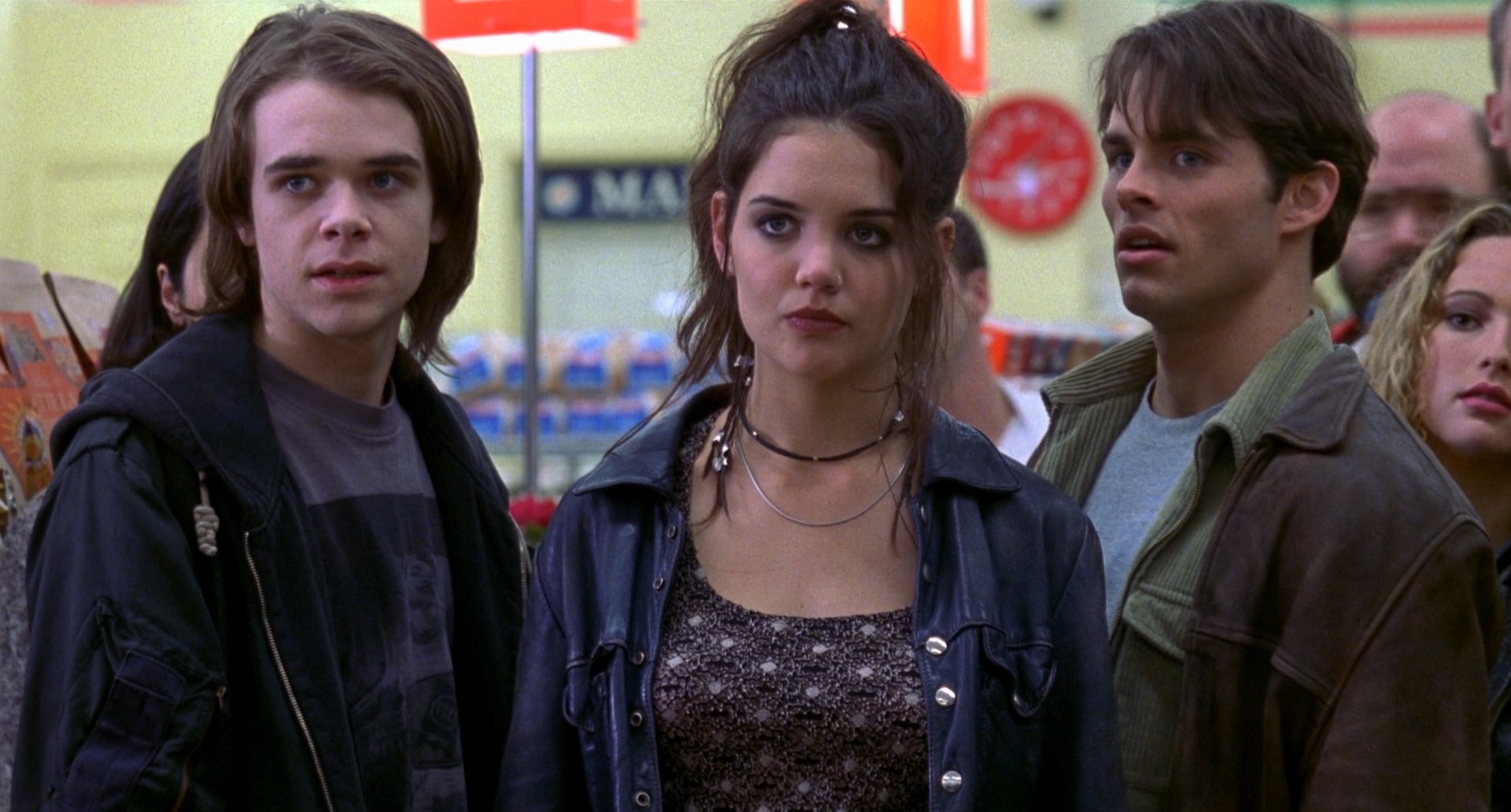
Image: Katie Holmes, James Marsden, and Nick Stahl in Disturbing Behavior.
As it is now known, Disturbing Behavior experienced a brutal hack job prior to its theatrical release (and tanking). Negative remarks during test audience screenings spurred edits, much to the chagrin of Nutter. However, when the first set of changes did not produce a higher score at a subsequent test screening, the frustrated and desperate MGM took over and had the studio’s then vice president of production editing, George Folsey Jr., handle the final revision. What had already been cut down to a 95-minute film was then reduced to a 75-minute (minus credits) shell of Nutter’s vision. The outspoken director blamed much of the film’s failure on MGM’s former president Michael Nathanson along with his reliance on research from the National Research Group (NRG). Nutter thought the requested edits he made himself were valid, yet he found “MGM’s didn’t make sense at all.”
Circling back to the novelization, Disturbing Behavior’s biggest excision involved the protagonist of Steve Clark (Marsden) and his dead older brother, Allen (played by Ethan Embry on screen). This YA-sized book, which runs a tad under 190 pages with a photo section included, does not gloss over the distressing particulars of Allen’s death. Whereas the theatrical cut of the film momentarily mentions the origin of Steve’s dejection as well as the motivation for his perseverance. Test audiences did not like the fuller, tragic backstory of Allen, who died of suicide (along with his girlfriend), so Nutter pared down that narrative element to its most key parts. In doing so, though, Steve lost a fair share of his character arc. Even Rachel’s (Holmes) own vocal aspirations to get out of Cradle Bay, escape poverty, and go to college had been muted in favor of a more streamlined, commercial film.
Nutter told Fangoria back in 1998: “If you build it, they will come.” The “it” the director was referring to, of course, being a smart teen horror film. “You have to respect their intelligence, and they’ll respect you.” Sadly, MGM was on a different page. The studio did not seem too concerned by the watering down of the film’s characters and story, seeing as it just wanted a “Scream-style teen shocker” and for Nutter to get straight to the “fright beats.”
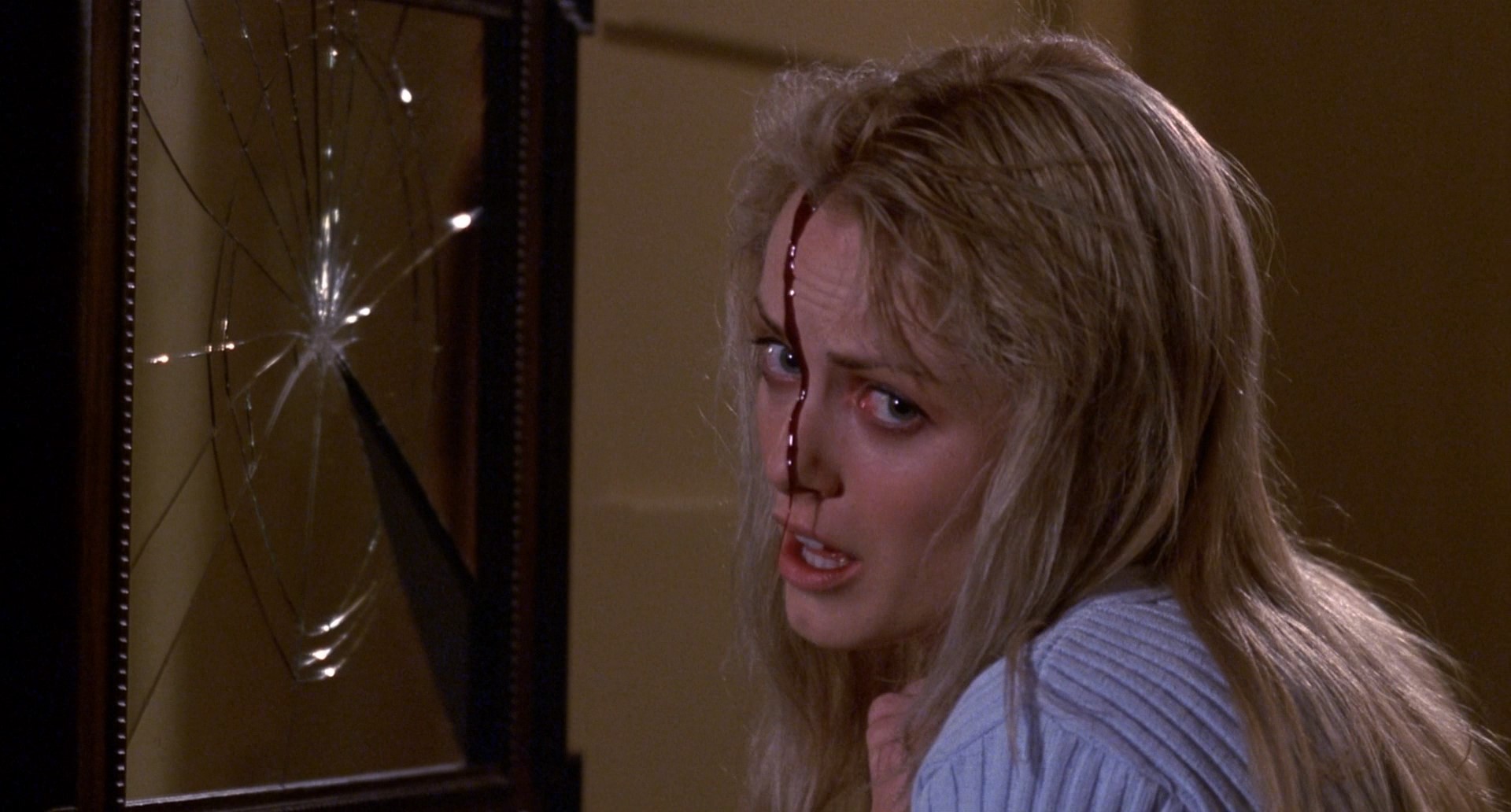
Image: Crystal Cass in Disturbing Behavior.
In the end, Disturbing Behavior comes out looking like an expensive episode of The X-Files. Having been shot in Vancouver and sharing actors and crew only reinforces that opinion. Even so, it remains a fairly attractive and nostalgic piece of late ’90s horror. No amount of overediting can erase that. Marsden, Holmes, and their co-stars, particularly Nick Stahl, also speak the punchy, stylized dialogue with “razor” credibility. And the brainwashed victims steal the show here, with their “hard-on” glitch fits coming across as more menacing and unsettling after being juxtaposed with clean-cut presentations.
There is no mistaking the cautionary tale quality to this film. The concept of a society suppressing people’s individuality is timeless, as is the danger of conforming. Yet as Disturbing Behavior demonstrates with jarring effect, controlling identity and limiting freedom has its adverse consequences. So while the thematic material here is executed in the most unsubtle manner, it still serves as an important lesson for every generation.
Nutter has since described his first major feature as the “worst experience” of his life; back then he was even tempted to remove his name from the project. Nutter’s negative reaction to the studio interference is certainly valid, yet what survived is still rather watchable and entertaining. And supplementing the theatrical cut are unofficial restorations with some deleted footage reinserted. This includes the original conclusion that test audiences disliked — on account of Stahl’s character’s fate — and the whole messy story of Steven’s brother’s death. Nevertheless, cult fans of Disturbing Behavior would still prefer a bona fide director’s cut. One that not only gives the film a better semblance of what Nutter envisioned pre-MGM’s meddling, but also helps redeem it after years of harsh criticism.
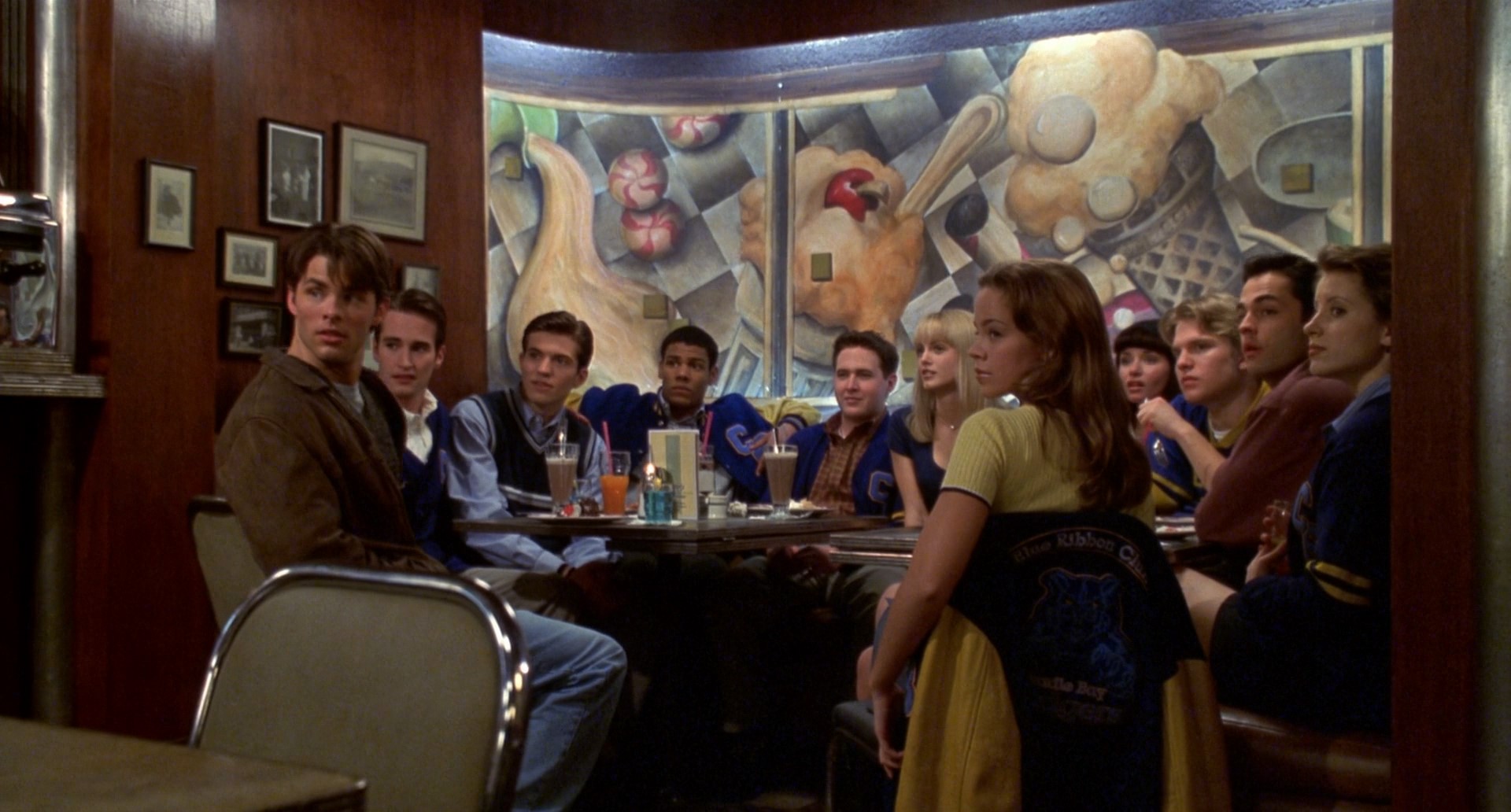
Image: James Marsden’s character Steve with the Blue Ribbons in Disturbing Behavior.
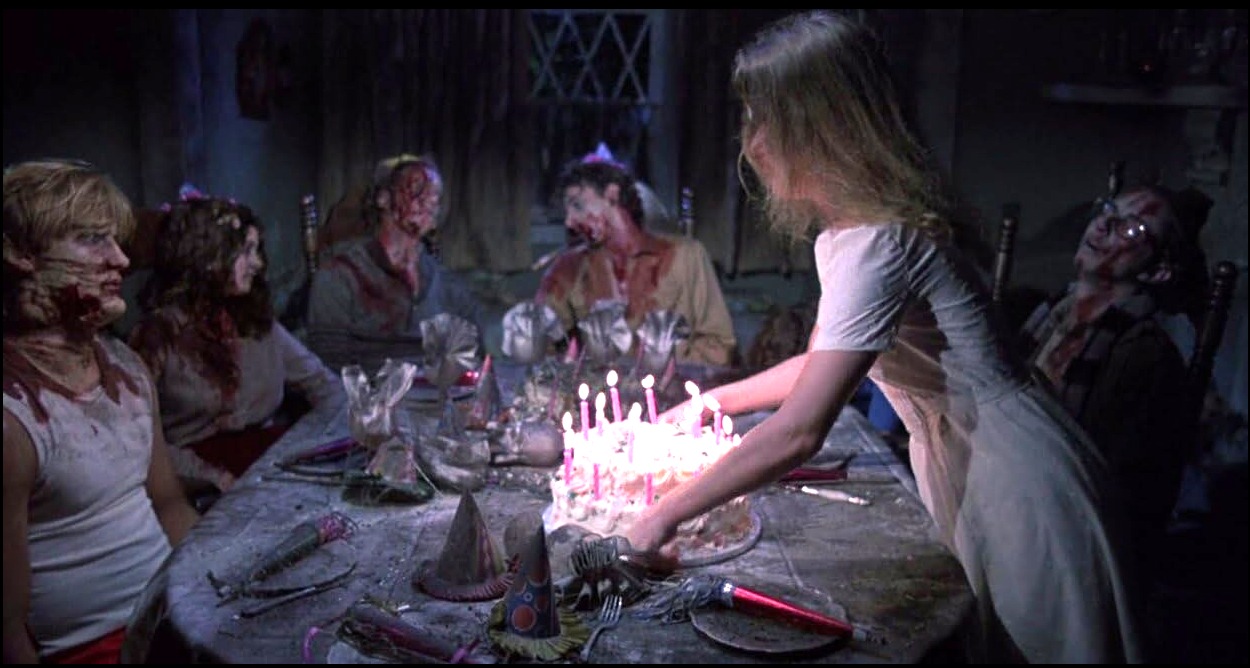
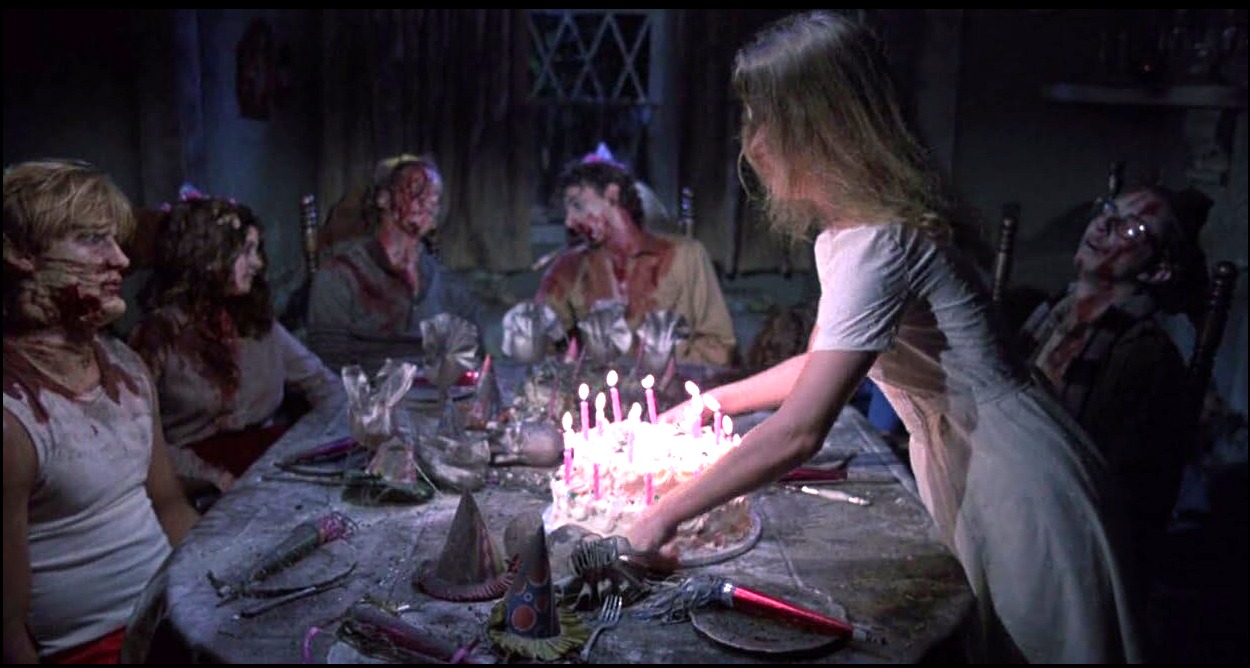
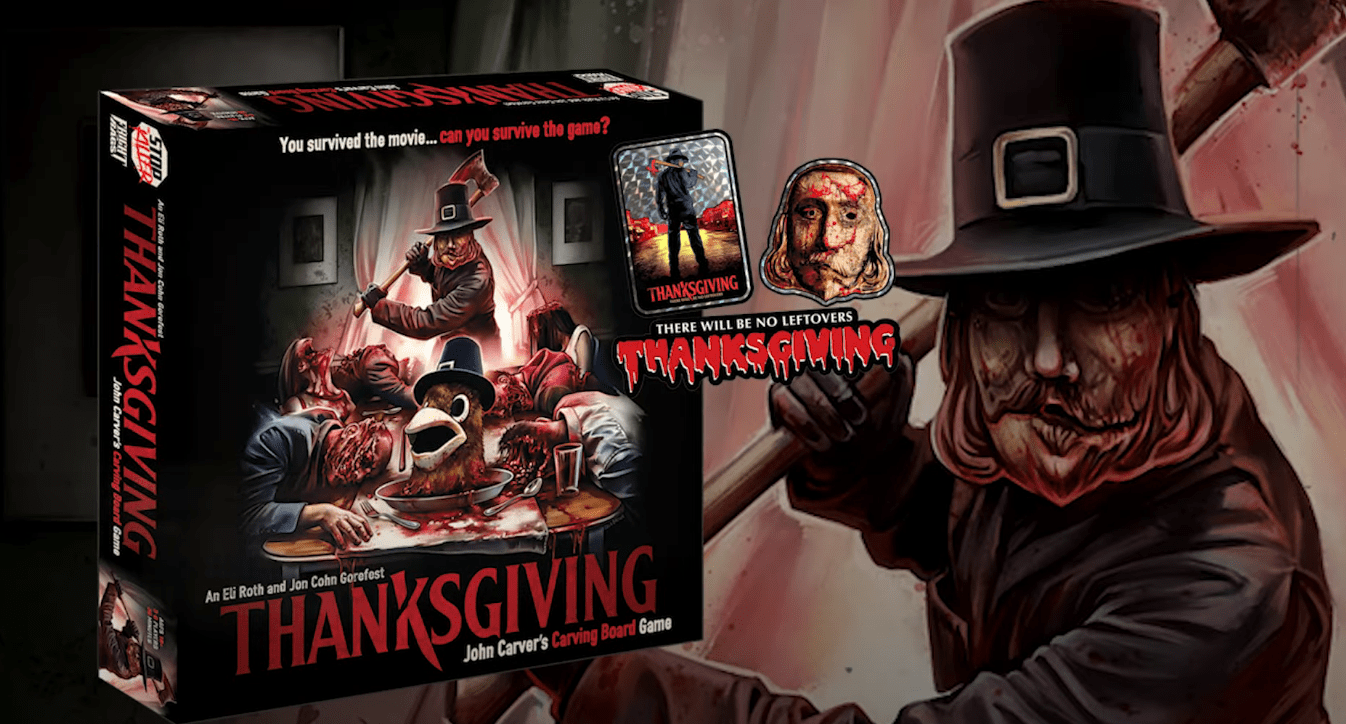

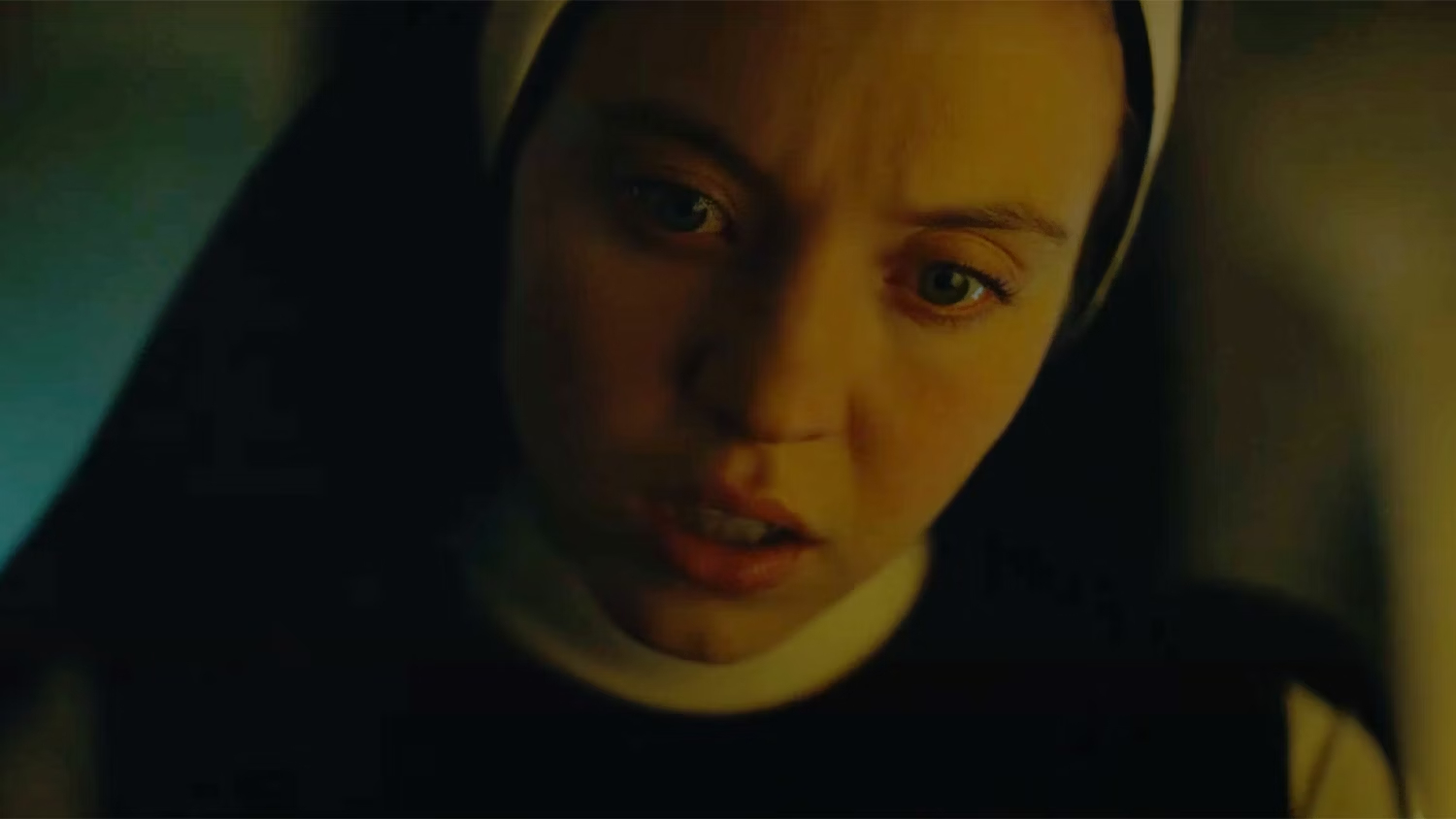
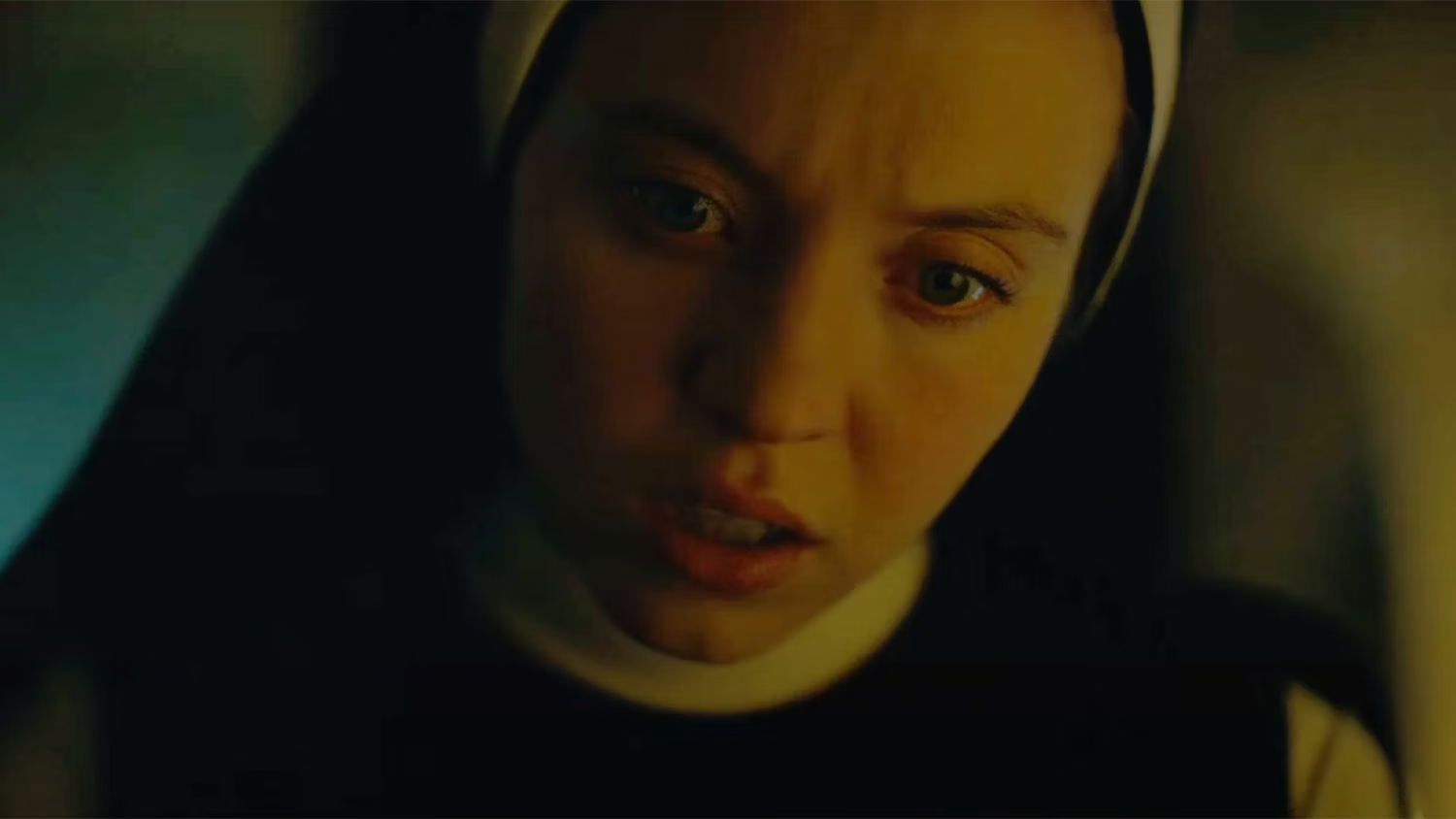


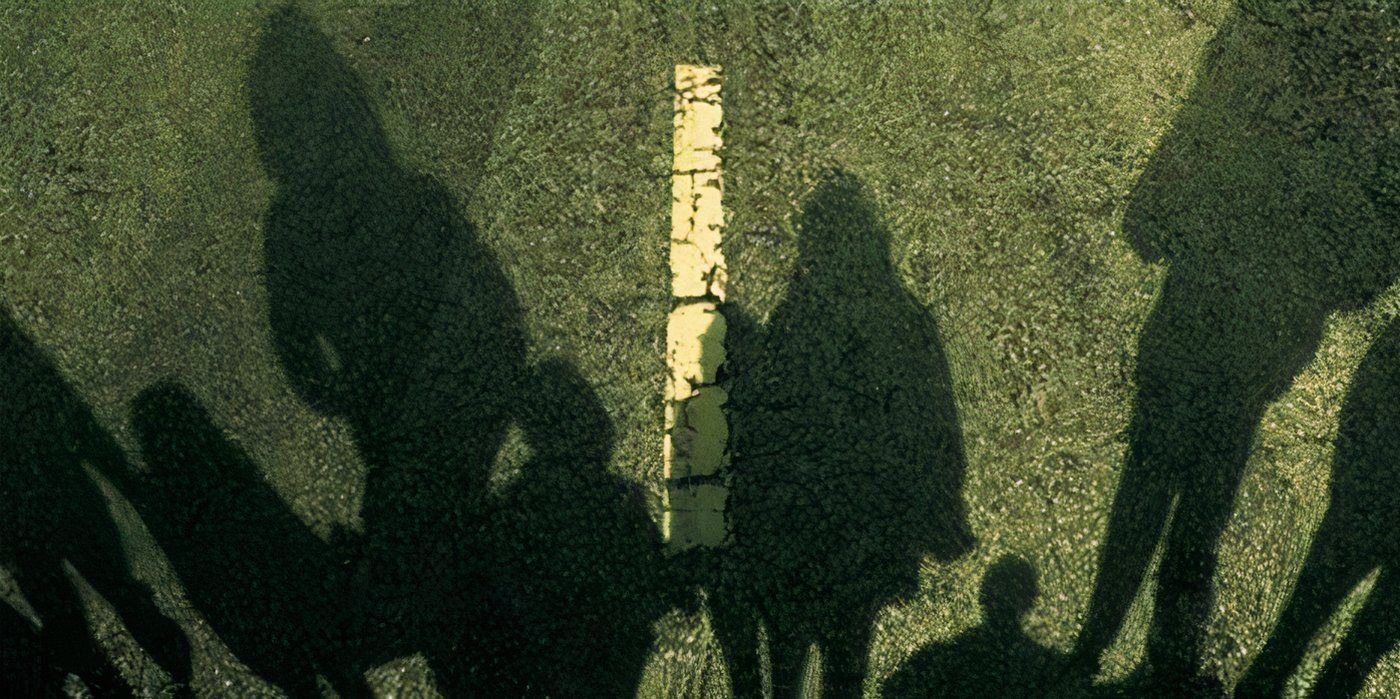



You must be logged in to post a comment.